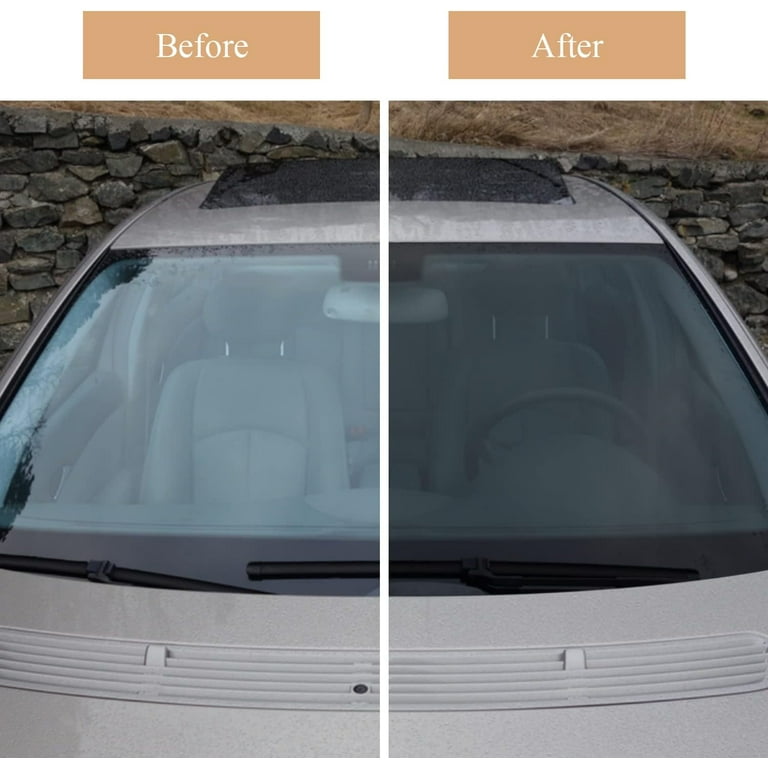Customized Automobile Window Tinting Providers for a Streamlined and Trendy Appearance
Customized Automobile Window Tinting Providers for a Streamlined and Trendy Appearance
Blog Article
Home Window Tinting Regulations and Standards: What You Need to Know Prior To Tinting Your Cars And Truck
Before continuing with home window tinting for your car, it is vital to familiarize yourself with the varied legislations and guidelines that regulate this practice throughout various states. These regulations dictate the allowable degrees of tint darkness, frequently measured by noticeable light transmission (VLT) percents, and include certain stipulations for front windscreens focused on guaranteeing road safety and security. In addition, particular jurisdictions might supply clinical exemptions for individuals with certifying conditions. Understanding these intricacies can conserve you from possible lawful ramifications, but what are the specific regulations in your state?
Summary of Window Tinting Rules
Home window tinting laws are frequently based on variant across different jurisdictions, showing regional laws and security considerations. These regulations dictate the acceptable degrees of color darkness and reflectiveness on car home windows, making sure that drivers keep adequate exposure while likewise shielding versus hazardous UV rays and heat.
A lot of guidelines categorize window tinting based on the Visible Light Transmission (VLT) percentage, which suggests the amount of light that can go through the window. Usually, reduced VLT portions represent darker colors. Legislations usually separate between the front, side, and back home windows, with more stringent limitations used to the front windshield to boost safety for both the vehicle driver and other road users.
Compliance with window tinting regulations is important, as infractions can result in penalties, required elimination of the tint, and potential increases in insurance premiums. It is important for automobile owners to acquaint themselves with neighborhood regulations prior to proceeding with window tinting installments.
State-by-State Color Laws
Understanding the particular window tinting guidelines in each state is essential for automobile proprietors seeking to comply with the regulation. Each state in the united state has established its very own collection of rules governing home window tinting, which can differ substantially. These regulations usually dictate the allowable levels of tint darkness, the types of windows that can be tinted, and any kind of clinical exemptions that may use.
For example, states like California have rigid limitations on tint darkness for front home windows, while others, such as New Mexico, may allow darker tints. In addition, certain states mandate details presence percentages for numerous home windows, consisting of the windscreen, front side windows, and rear home windows. It is important for auto owners to acquaint themselves with their state's legislations to avoid potential fines or fines.
Furthermore, some states may call for an accreditation sticker to be positioned on colored windows, showing conformity with state laws. Failing to adhere to these policies not just takes the chance of lawful repercussions yet can additionally affect security and visibility while driving. As a result, car proprietors ought to conduct comprehensive research study or consult local authorities to make certain complete understanding and conformity with state-by-state color guidelines.
Allowed Color Types and levels
Numerous car proprietors might be shocked to find out that permitted color degrees and kinds differ extensively throughout different states. Each state has developed its very own laws pertaining to the permissible darkness and reflectivity of window tint, frequently determined by Visible Light Transmission (VLT) portions. VLT refers to the amount of light that can go through the tinted windows; hence, a reduced percentage indicates a darker tint.
Furthermore, the types of tint materials permitted can vary, with some states banning mirror-like or metallic coatings. It is vital for car proprietors to acquaint themselves with their state's particular legislations to make sure conformity. Non-compliance can lead to fines, required removal of the tint, or other lawful consequences, making it necessary to comprehend these guidelines before proceeding with installation.
Medical Exemptions for Tinting
While not all states give allocations for medical exemptions concerning window tinting, those that do identify the necessity for certain individuals to enhance visibility and convenience due to clinical problems. Various clinical problems, such as lupus, skin cancer cells, and certain eye disorders, can make people particularly conscious sunlight. Subsequently, these people might call for darker tints to shield themselves from hazardous UV rays and glow.

It navigate to this website is very important to keep in mind that despite a clinical exception, there might still be restrictions on the level of tint permitted. Conformity with state legislations makes certain that people are both secured and within legal limits. Those taking into consideration medical exceptions ought to contact their neighborhood Division of Electric motor Automobiles or comparable authority to understand the procedures and requirements essential to make an application for an exception successfully.
Charges for Non-Compliance
Stopping working to adhere to window tinting laws can result in substantial penalties, which differ by state. Police are equipped to release citations for cars that do not stick to the defined tinting guidelines. These fines usually consist of fines, which can range from moderate quantities to numerous hundred dollars, depending on the seriousness of the violation and the state in inquiry.
In some territories, repeated offenses might cause rising fines or additional redirected here charges, such as compulsory court looks. Additionally, non-compliance may necessitate the elimination of unlawful tinting, usually at the proprietor's expenditure. In extreme situations, regular offenders might face suspension of their car registration until compliance is achieved.
Additionally, insurance coverage ramifications may emerge from receiving numerous citations for window color violations. Insurance companies might watch such infractions as an indicator of riskier behavior, potentially resulting in enhanced premiums or difficulty in coverage.
To prevent these fines, it is important for car proprietors to acquaint themselves with their neighborhood home window tinting legislations and make sure that their car complies (Window Tinting). This aggressive method not just avoids lawful implications yet also advertises roadway safety
Conclusion

Many policies classify home window tinting based on the Visible Light Transmission (VLT) portion, which check here indicates the amount of light that can pass via the window. Compliance with home window tinting policies is vital, as violations can result in fines, mandatory elimination of the color, and potential boosts in insurance policy premiums.Comprehending the certain home window tinting laws in each state is important for vehicle owners looking for to comply with the regulation. These policies usually determine the allowable degrees of color darkness, the types of home windows that can be tinted, and any medical exceptions that might use.
For instance, states like California have rigorous limitations on color darkness for front home windows, while others, such as New Mexico, may allow darker tints.
Report this page